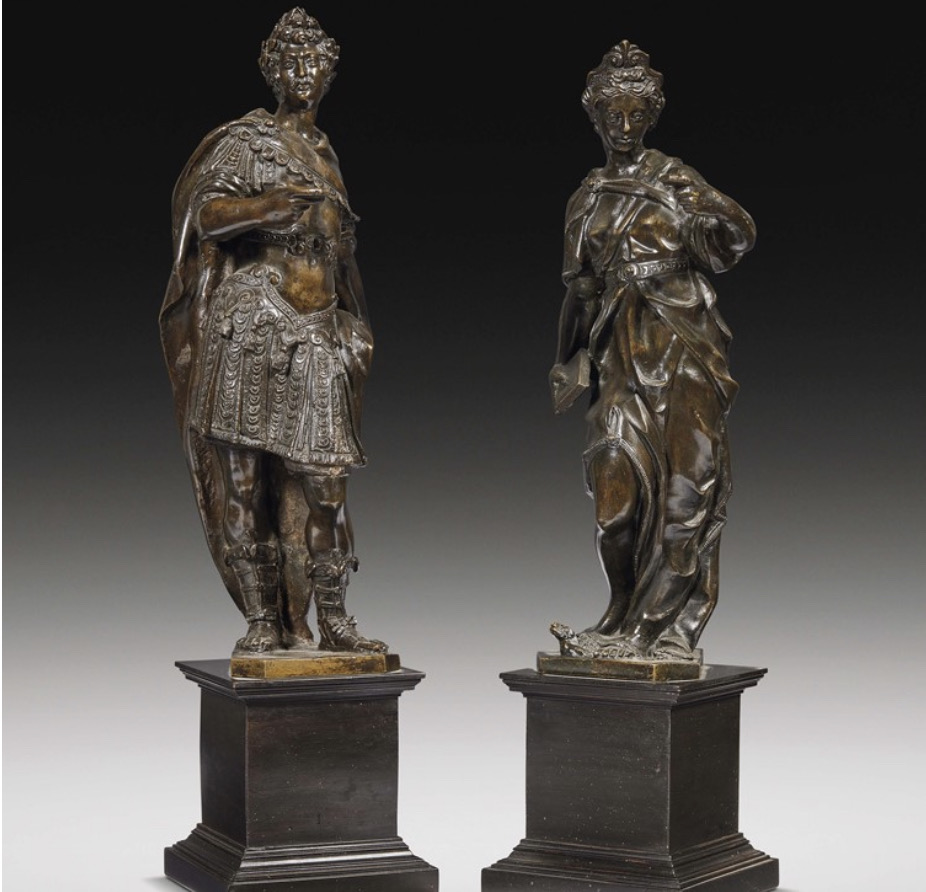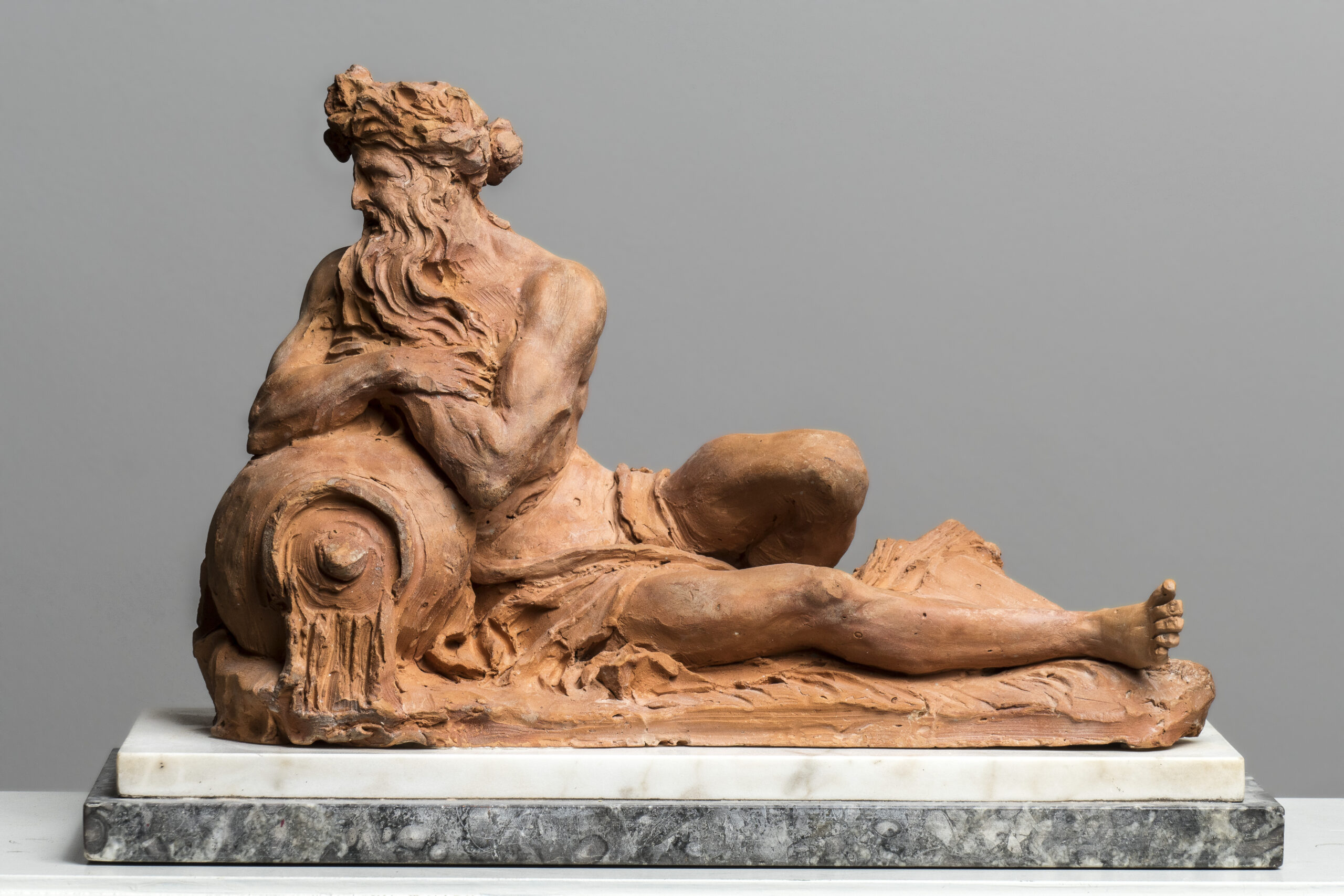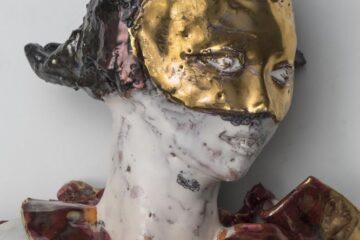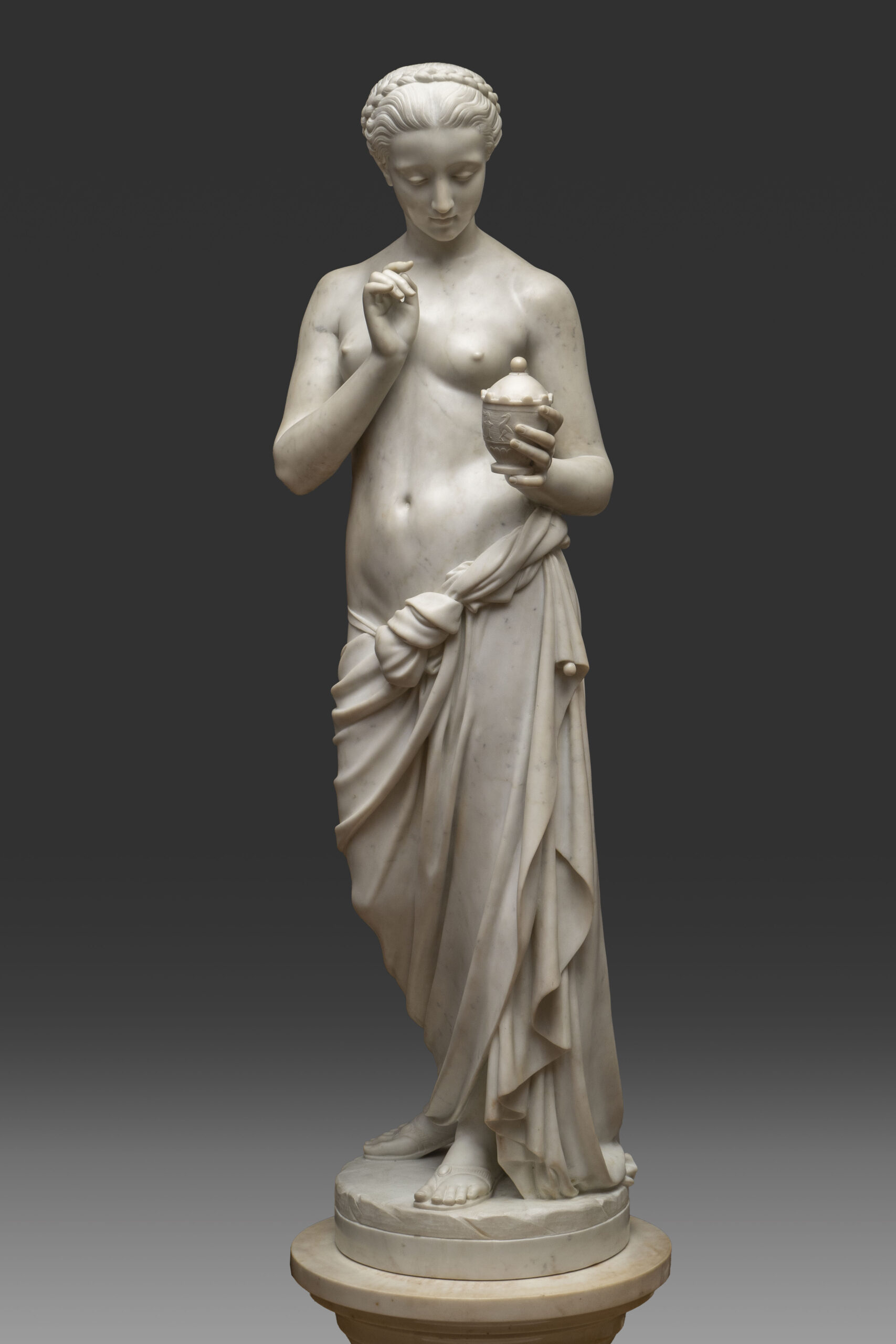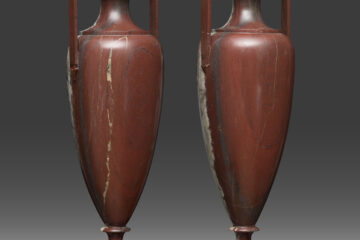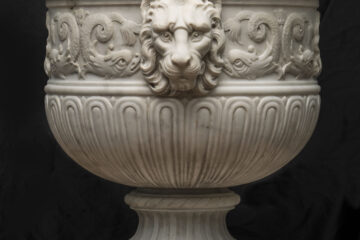Sculptures
FORTITUDE AND FAITH by Tiziano Aspetti
Tiziano Aspetti
(Padua, 1559 – Pisa, 1606)
FORTITUDE AND FAITH
Pair of bronze figures
50x17x12 cm
Comparison bibliography
L. Planiscig, The Giacinto Auriti Collection, Vienna 1931, no. 15;
J. Pope-Hennessy, Italian Bronze Statuettes I-II, in “Essays on Italian Sculpture,” London-New York 1968, pp. 172-198;
P. Cannata, in S. E. Zuraw – M. G. Barberini – P. Cannata – M. L. Casanova (eds.), Masterpieces of Renaissance and Baroque Sculpture from the Palazzo Venezia, Rome, exhibition catalog, Athens (Georgia) 1996, pp. 50-51, n. 6;
D. Banzato, Bronzes of the Renaissance: Vok Collection, Padua 2004, nn.26-27, pp. 78-79
